
You spent $50,000 on that gorgeous swimming pool, only to discover it actually made your home harder to sell.
You’re not alone—millions of homeowners are unknowingly making renovation choices that hurt their property value, often spending tens of thousands on “improvements” that buyers actually see as problems.
From DIY disasters to luxury upgrades that backfire, certain renovations that hurt resale value can slash your home’s worth by thousands. In this guide, you’ll discover 28 specific home improvements that decrease property value, backed by real 2025 data and expert insights, plus learn what to do instead to protect your investment.
8 Home Renovations That Actually Lower Your Property Value (And Cost You Thousands)
You spent $30,000 on that dream renovation. But when you try to sell, buyers walk away shaking their heads. Your “improvement” just became your biggest selling nightmare.
Here’s the harsh truth: Most homeowners renovate for themselves, not future buyers. They pick colors they love, add features they want, and create spaces that work for their lifestyle. Then they’re shocked when these changes hurt their home’s value.
Let’s look at the renovations that backfire the most. Some might surprise you.
Your Personal Style Is Scaring Away Buyers
Walk into a house with bright purple walls and zebra-print wallpaper. How fast do you want to leave?
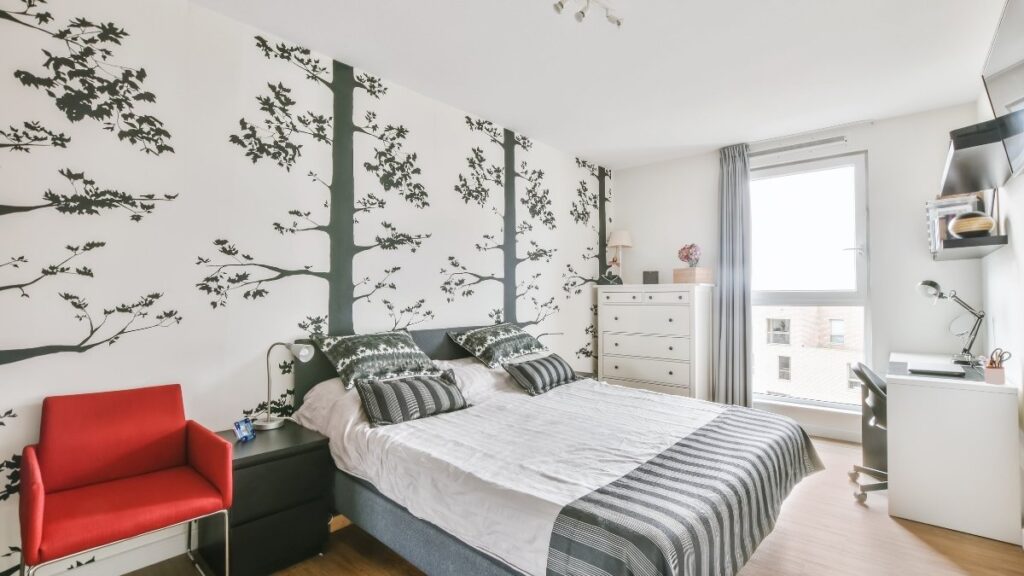
Bold paint colors might express your personality, but they kill buyer interest. When someone sees lime green walls or custom murals of your favorite sports team, they immediately start calculating paint costs. Painting with non-neutral colors adds zero value because buyers will repaint anyway.
Here are the biggest personalization mistakes:
Religious or political themes. Your beliefs matter to you. They turn off half your buyer pool. That cross-shaped window or political artwork makes buyers uncomfortable.
Custom wallpaper and murals. You paid $5,000 for that hand-painted forest scene. Buyers see $2,000 in removal costs.
Excessive decorative textures. Textured walls that looked trendy five years ago now scream “dated.” They’re also expensive to fix.
Unique layout changes. You knocked out walls to create your perfect flow. But if it doesn’t make sense to others, it hurts value.
The fix is simple: stick to neutral colors and classic styles. Let buyers imagine their own stuff in your space.
Why That $50,000 Pool Just Cost You Money
Pools seem like obvious value-adds. Kids love them. Summer parties are amazing. But here’s what really happens to your investment.
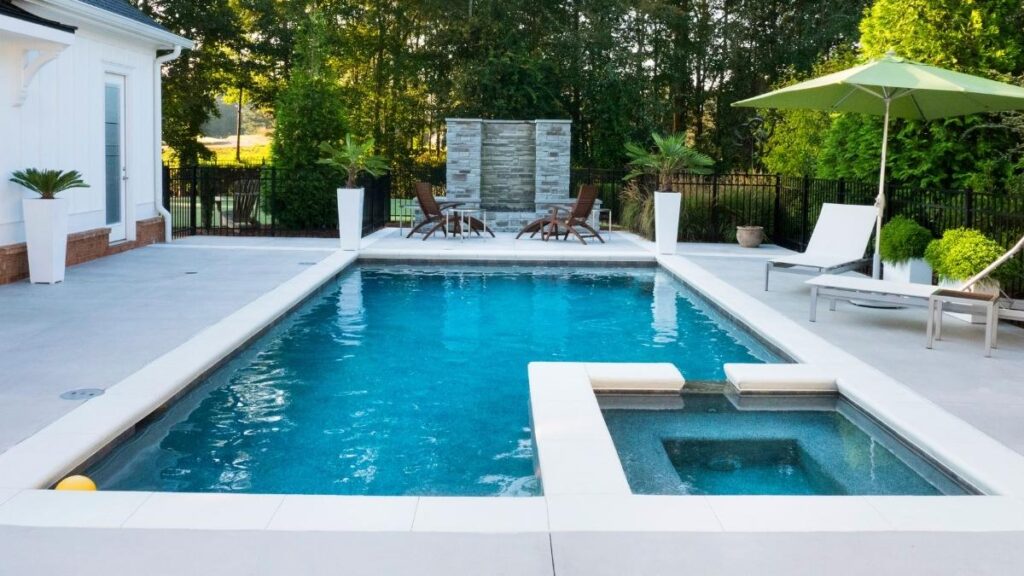
The average in-ground pool costs $65,000 to install. On a median-priced home, it typically increases value by just 7% – about $30,485. You just lost $34,515.
It gets worse. Annual maintenance runs $3,000 to $6,000. That’s another $30,000 over ten years. Your $65,000 investment is now a $95,000 money pit that added $30,000 in value.
Above-ground pools are even worse. They add zero value to homes. Zero. But they make your yard look cheap and temporary.
Regional differences matter too. Pools work great in Florida and Arizona. In Minnesota or Maine? They’re expensive lawn decorations you can use three months a year.
Safety concerns scare family buyers. Parents see liability issues and drowning risks. Insurance costs go up. Many buyers won’t even look at homes with pools if they have small kids.
Before installing a pool, ask yourself: Are you planning to stay here for 15+ years? If not, skip it.
DIY Projects That Look Like DIY Projects
You saved money doing it yourself. But buyers can spot amateur work from across the room.
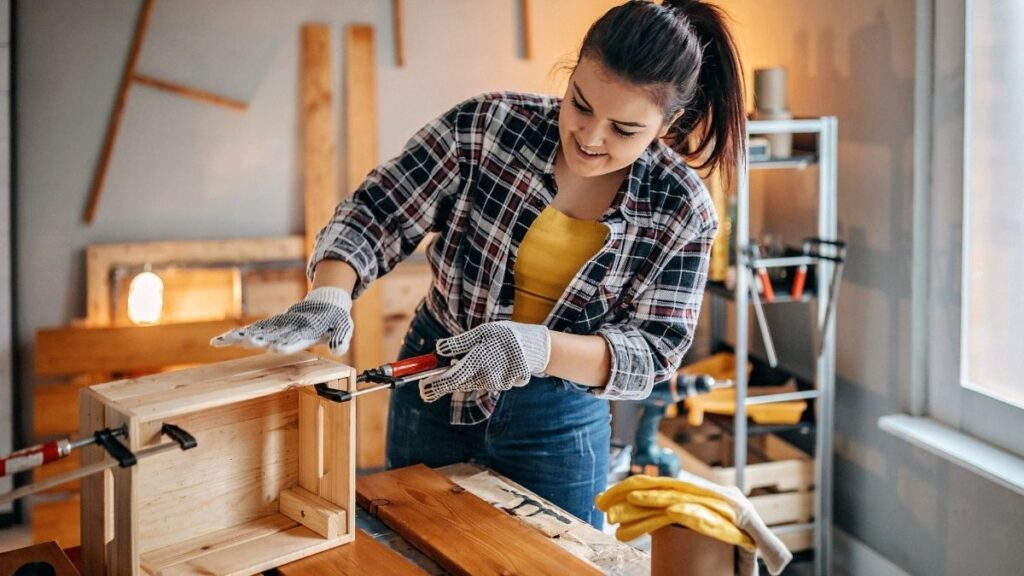
Uneven tile in your bathroom screams “cheap.” Crooked cabinet doors make your whole kitchen look sloppy. Bad paint jobs with visible brush strokes tell buyers you cut corners everywhere.
Here’s why DIY disasters hurt so much: When buyers see poor workmanship, they assume you messed up the important stuff too. They wonder what’s wrong with the electrical. They worry about plumbing mistakes. They start negotiating hard or walk away completely.
Permit problems make it worse. You skipped permits to save money. Now buyers can’t get insurance. Banks won’t approve loans. Your shortcut became their dealbreaker.
Safety issues create liability. Amateur electrical work can burn houses down. Bad plumbing causes water damage. Structural changes without engineers can make homes unsafe.
Some DIY makes sense: painting rooms, basic landscaping, simple repairs. But leave complex projects to professionals. The money you save upfront gets lost (and then some) when you sell.
Removing What Buyers Actually Want
You thought you were being creative. You converted the fourth bedroom into an art studio. You turned the garage into a man cave. You removed all the closets for a minimalist look.

Buyers hate this stuff.
Bedroom count directly impacts home value. A four-bedroom house sells for more than a three-bedroom house. When you convert bedrooms, you hurt your resale value. It doesn’t matter how cool your new space looks.
Garage conversions typically don’t add value. You gained square footage but lost storage and parking. Most buyers would rather have the garage.
Removing storage kills functionality. Walk-in closets can hurt home value by 0.5% according to Zillow data from 2024. But that’s only when you add too many. Removing existing closets is much worse.
Eliminating bathtubs hurts family appeal. Your new walk-in shower looks sleek. But families with kids need bathtubs. You just eliminated a big chunk of your buyer pool.
Open concept gone wrong. Sometimes walls exist for good reasons. When you remove all boundaries, you create noise problems, privacy issues, and weird traffic flow.
Before removing anything, ask: “Does this make the house work better for most people?” If not, don’t do it.
Luxury Features That Impress No One
That $15,000 chandelier looks amazing in your dining room. Too bad it doesn’t match anyone else’s style.
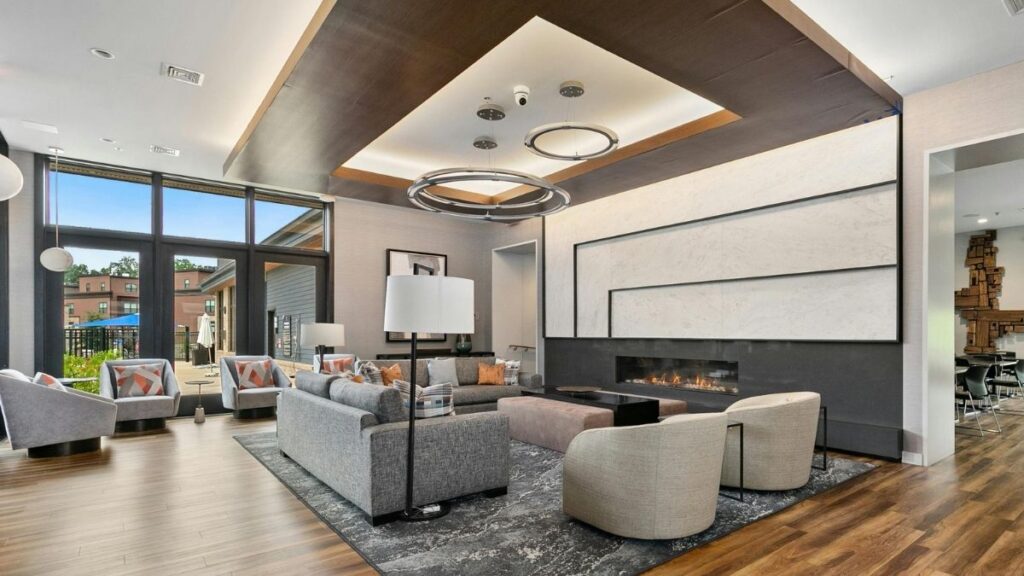
High-end light fixtures become dated quickly. What looked elegant five years ago might look outdated today. Plus, lighting is personal. Most buyers want to choose their own fixtures.
Wine cellars and bars sound cool but serve few buyers. You spent $25,000 on a custom wine cellar. But most people don’t collect wine. Your specialized space is just an expensive storage room to them.
Steam rooms and saunas rarely get used. After the first few months, these become expensive closets. They also need maintenance and create moisture problems.
Built-in sound systems become obsolete. Your whole-house audio system was cutting-edge when installed. Now everyone uses Bluetooth speakers. Your wired system is worthless tech.
Over-the-top master suites intimidate buyers. That 800-square-foot bedroom suite with separate sitting areas feels excessive. Buyers worry about heating costs and upkeep.
The problem with luxury upgrades: they only appeal to buyers with your exact taste and budget. That’s a tiny slice of the market.
Outdoor Spaces That Create More Work
Your backyard looks like a resort. But buyers see maintenance nightmares.
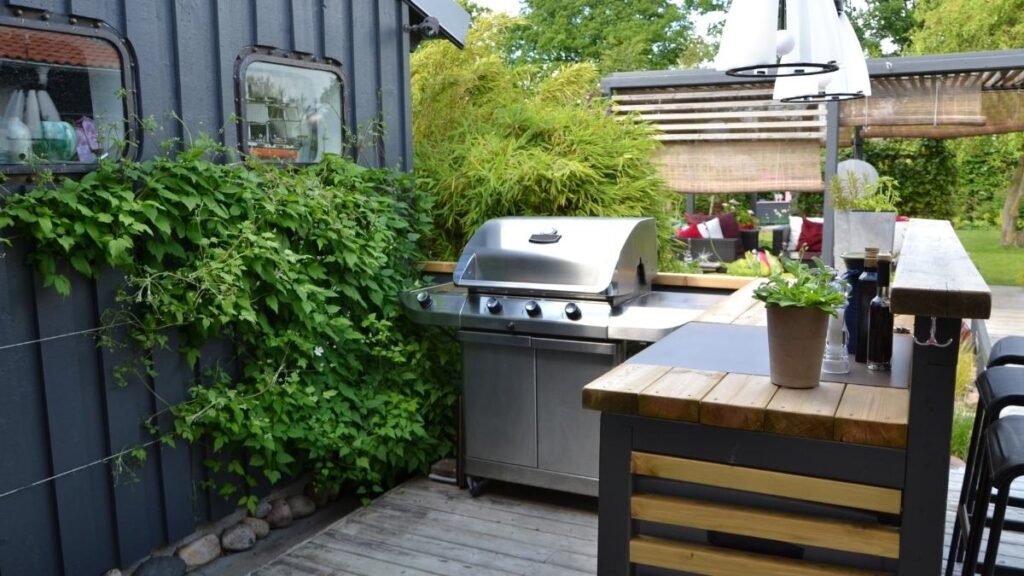
High-maintenance landscaping scares busy buyers. Those exotic plants need special care. The elaborate garden requires hours of weekly work. Most buyers want outdoor spaces they can enjoy, not maintain.
Elaborate outdoor kitchens cost more than they’re worth. You spent $40,000 on that outdoor kitchen. But it sits unused most of the year. Weather damages equipment. Buyers see expensive repairs coming.
Hot tubs become expensive lawn ornaments. They need constant cleaning and chemical balancing. Covers wear out. Pumps break. Most buyers see them as problems, not perks.
The numbers prove it: Outdoor fire features cost $9,000 but only recover $5,000 (56% return). Outdoor LED lighting costs $6,800 but only recoups $4,000 (59% return).
Specialty gardens limit buyer appeal. Your Japanese rock garden is beautiful. But the next owner might want a play area for kids or space for a vegetable garden. Unique landscaping forces buyers to envision expensive changes.
Floor and Wall Mistakes That Lower Value
You covered those beautiful hardwood floors with carpet. Big mistake.
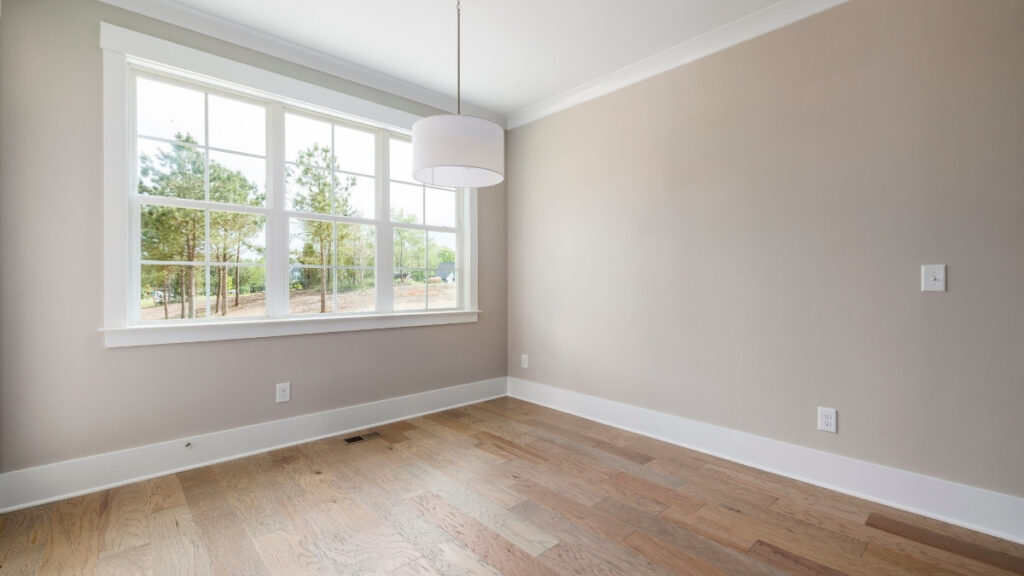
Hardwood floors are the top feature buyers want. When you cover them with carpet, you’re hiding your home’s best asset. Even if the hardwood needs refinishing, it’s still more valuable than carpet.
Trendy flooring materials age poorly. That cork flooring looked eco-friendly five years ago. Now it looks dated. Stick with classic materials that won’t go out of style.
Textured walls and popcorn ceilings scream “old.” These treatments were popular decades ago. Now they make homes look outdated and cheap. They’re also hard to maintain and repair.
Wall-to-wall carpet in the wrong areas kills value. Carpet in bathrooms and kitchens creates hygiene problems. It stains, holds odors, and wears out quickly.
Removing original hardwood is value destruction. Those old floors have character and worth. Even damaged hardwood can usually be restored for less than replacement costs.
Keep flooring simple and classic. Future buyers will thank you.
Kitchen and Bath Mistakes That Kill Sales
Kitchens and bathrooms sell homes. But these renovations can backfire too.
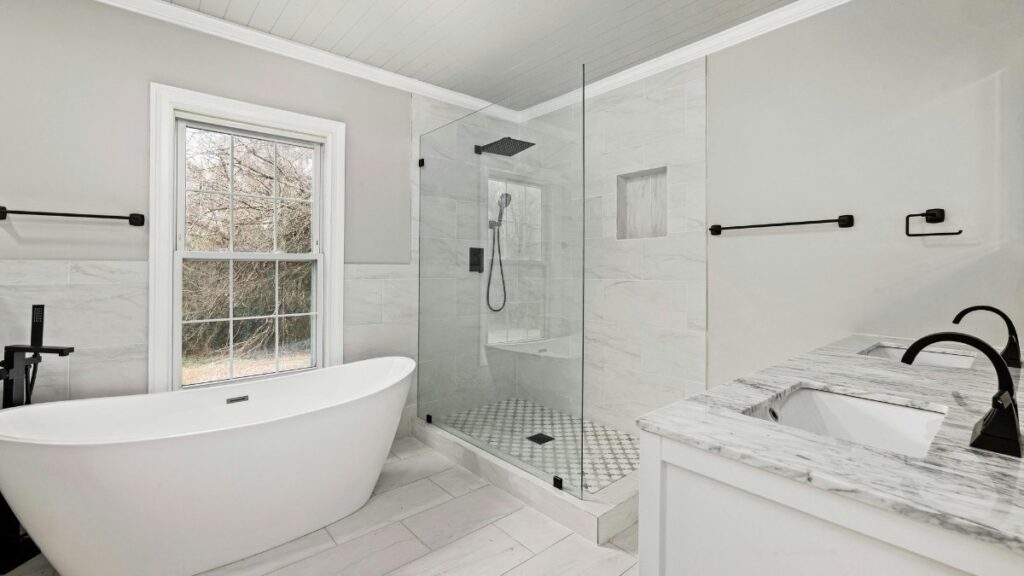
Removing kitchen islands hurts functionality. Islands provide storage, workspace, and casual dining. When you remove them for open space, you lose practical features buyers want.
Ultra-modern in traditional homes looks wrong. That sleek contemporary kitchen clashes with your 1920s Colonial. Style mismatches confuse buyers and hurt value.
Removing bathtubs completely limits buyers. Families with children view this as a major drawback. You’ve eliminated a significant portion of your buyer pool.
Over-the-top luxury materials intimidate. Those $500-per-square-foot countertops might be beautiful, but they make buyers worry about replacement costs if something breaks.
Poor layout changes create problems. You moved the sink to the island but created plumbing issues. You relocated the stove but blocked natural light. Bad layouts hurt daily functionality.
Here’s a surprising stat: White kitchens can hurt sales prices by $600 or more according to Zillow research. Why? They’re so common now that they don’t stand out. Plus, they show every speck of dirt.
The Bottom Line: Renovate Smart, Not Personal
The biggest mistake homeowners make is renovating for themselves instead of future buyers. Your personal style and specific needs don’t match most buyers’ wants.
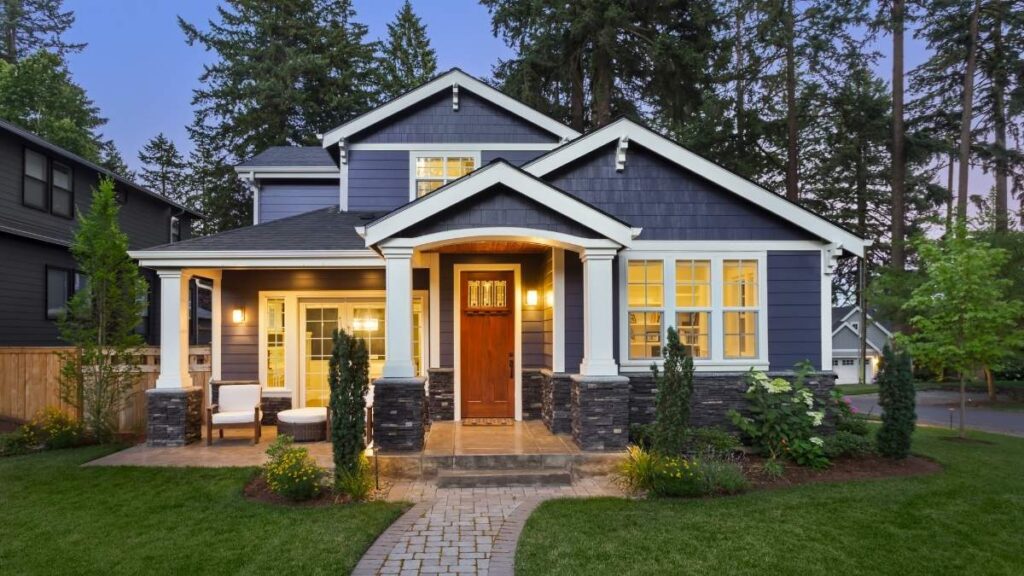
Before starting any major renovation, talk to a local real estate agent. They know what buyers in your area actually want. They can tell you which improvements add value and which ones hurt.
Focus on improvements that have broad appeal. Fix problems. Upgrade basics. Make your home move-in ready without making it too personal.
Remember: You’re not just living in your home – you’re eventually selling it. The smart money goes into renovations that work for everyone, not just you.






